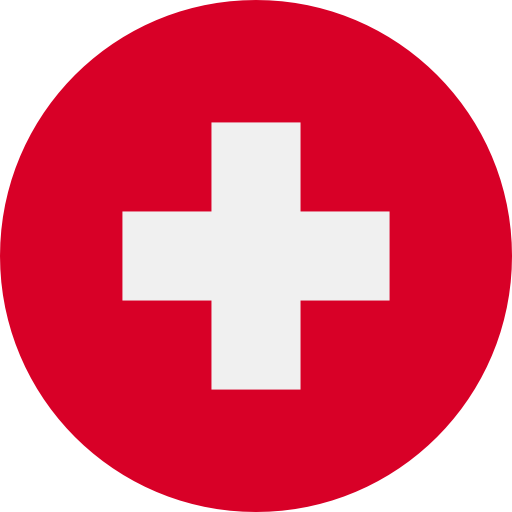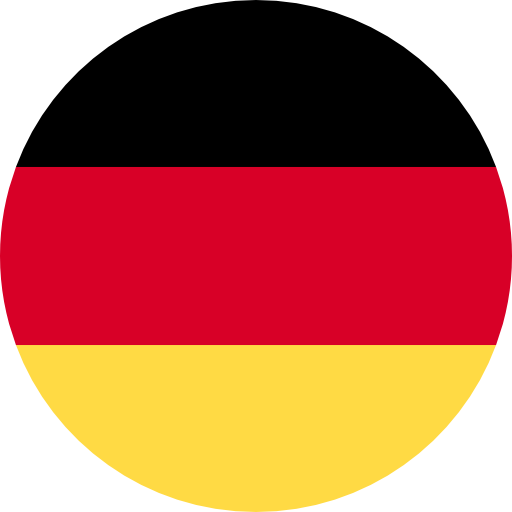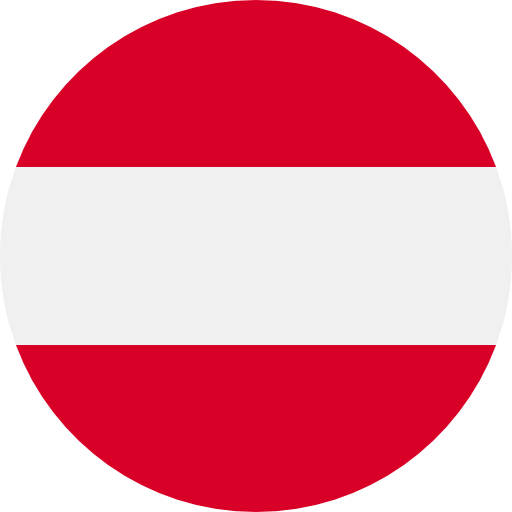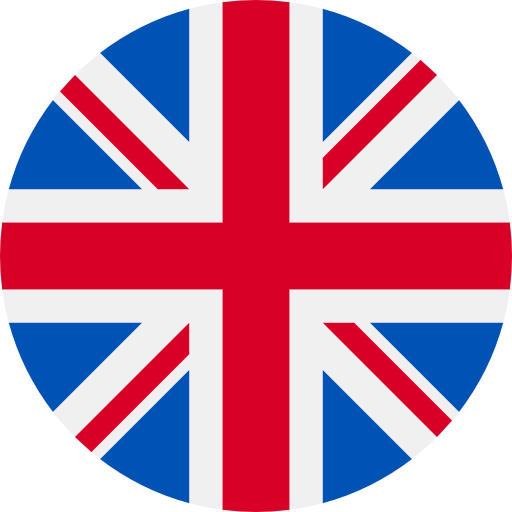4th Coupe Aéronautique Gordon Bennett
Zurich, Switzerland, October 3, 1909

Results
| Rank | Pilots | Country | Score | Duration | Landing |
|---|---|---|---|---|---|
| 1 | Edgar W. Mix André Roussel |  USA USA | 1121.11 km | 35:07:00 | Gustovo, Ostrolenka NE Warzaw (POL) |
| 2 | Alfred Leblanc J. Delebecque |  FRA FRA | 817.17 km | 22:53:00 | Zazriva (HUN) |
| 3 | Emil Messner Leon Givaudan |  SUI SUI | 803.70 km | 22:23:00 | Thule, Upper Silesia (GER) |
| 4 | Theodor Schaeck Paul Armbruster |  SUI SUI | 772.02 km | 19:45:00 | Strelitz (GER) |
| 5 | Maurice Bienaime Jean de Francia |  FRA FRA | 758.70 km | 21:26:00 | Blaschewitz, Glogau (GER) |
| 6 | K. Bröckelmann Kempken |  GER GER | 753.25 km | 22:12:00 | Nesseldorf, Moravia (GER) |
| 7 | Victor de Beauclair von Einsiedel |  SUI SUI | 747.13 km | 20:25:00 | Possnitz, Upper Silesia (GER) |
| 8 | Paul Meckel W. Mulch |  GER GER | 728.18 km | 23:16:00 | Laz, Tioncson (HUN) |
| 9 | Leon de Broukere Hr. Hansen |  BEL BEL | 724.91 km | 19:56:00 | Kunzendorf, Moravia (GER) |
| 10 | Hugo von Abercron Stach von Goltzheim |  GER GER | 701.74 km | 22:43:00 | Habensdorf (GER) |
| 11 | Emile Dubonnet Pierre Dupont |  FRA FRA | 699.63 km | 20:00:00 | Neudorf near Reichenbach, Saxony (GER) |
| 12 | Romeo Frassinetti Guiseppe Cobianchi |  ITA ITA | 663.15 km | 25:23:00 | Nomojan, Wischau, Moravia (GER) |
| 13 | Guido Piacenza Edgardo Bellia |  ITA ITA | 660.71 km | 21:03:00 | Zieley-Riebnau, Bohemia (GER) |
| 14 | A. Schlein E. C. von Sigmundt |  AUT AUT | 647.84 km | 16:22:00 | Landshut, Lundenburg (GER) |
| 15 | Franc K. McClean A. M. Singer |  GBR GBR | 604.90 km | 18:28:00 | Rinenen Jicin, Bohemia (GER) |
| 16 | Georges Geerts ? |  BEL BEL | 576.57 km | 18:33:00 | Ober-Yesoway, Bohemia (GER) |
| 17 | Albert Vléminckx H. Fierz |  BEL BEL | 444.88 km | 14:11:00 | Baumgartenberg, Hofstetten (GER) |
Rem.: Nr.2 Balloon escaped after landing.
Book Article
From the Book: Die Gordon Bennett Ballon Rennen
(The Gordon Bennett Races) by Ulrich Hohmann Sr
Start: Schlieren near Zurich (next to Gas factory), October 3rd, 3 p.m.
The year before, Berlin had set up high standards concerning the organization, now every aero club hosting the race tried to surpass them. The Swiss aero club invited balloons for two other races on Friday, October 1st. A judge declared goal in the morning and a distance flight in the afternoon to be made by more than 50 balloons. Then also the attention of the every citizen of Zurich was drawn to the main event on Sunday. Huge crowds came out to Schlieren. 40 mounted and 260 unmounted patrolmen took care to keep the traffic flowing. The chronicles report about 400 automobiles, counted a total of 142 trains on the railroad and the tramway should have transported 400.000 persons. It was the most busy traffic, Zurich had ever seen till then, and never at an air show in Switzerland, this amount of spectators was reached again.
Huge stands had been erected for the spectators on the inflation field, and a special place had been made for those, who intended to watch from their cars. Those who could prove a special interest were also allowed to walk to the individual balloons. A great number of good restaurants had set up tents, Swiss-mail opened an extra office and there were separate rooms prepared for the press, the organization committee and the pilots.
The gas-works of Schlieren was at its busiest. 44.000 cubic meters of gas were delivered, every balloon had its own filling connection. The tubes of a total length of 1 kilometre had been laid and connected from the Rolls iron works in Gerlafingen for no charge. For inflation and preparation of the balloons, 150 men of the balloon-company, 700 men of the Zurich garrison and 400 members of the local athletics clubs were available, commanded by 8 officers. In about 3 hours, they had completed their work. Pilots and co-pilots were completely occupied with visiting the huge number of festivities held for them: Welcome party, reception by the authorities, Seenachtfest with fireworks, banquet for 400 special invited guests in the large hall of the opera, a.s.o, a.s.o.. The organization committee even had cared for the very newest sensation in aviation: A Parseval airship made its loops over the town and the lake.
The meteorological main station in Zurich provided new weather maps every day. Their prognosis later proved to be very accurate: Flight direction east northeast with rain. The rain allowed, that the balloons, for the first time were not limited by a sea shore, could be flown to their full endurance, although some pilots got several ideas, to withstand the rain. Later winner Mix had a rubber sleeve on each load-rope to make the water drop down outside of the basket. Victor de Beauclair had put to his balloon COGNAC a waterproof cap which he could later pull down with a rope to the basket to use it as ballast. Not because of the rain, but for reasons of lack of space, the Englishmen McClean and Singer hung a lot of different things into the net of their balloon THE PLANET. So there swung baskets with fruits, cans for water, boxes with cookies and other parcels, made their balloon look like a Christmas tree.
Although the three races, Gordon Bennett had sponsored with 12.500 Francs each for the winner had been already flown, he offered the same sum again for the race 1909. Also a not closely defined piece of art, sponsored by the Augsburg balloon-manufacturer Riedinger, worth 2000 Francs, a camera "Telephot" worth 800 Francs from Mister Vautier in Grandson and half of the unreturned entry fees (2875 Francs) waited for the winner of the race. Also he was promised, he may have himself a portrait in Zurich or Berlin by the famous artist Figge von Grabow (worth 2500 Francs). The second winner got 3000 Francs from the club of hotel owners in Zurich, a golden chronograph (1000 Frs.) from Patek, Philippe & Co. in Geneva and 1900 Frs. From the entry fees. For the third winner 1000 Frs. from the Swiss Aero club in Lausanne, a golden chronograph from the company Paul Nardin (1000 Frs.) and the rest of the entry fees (950 Frs.) were ready. This list continues down to the 6th place and the two flights with the longest endurance and also the best done log book got prices of honour.
Although this was an enormous amount of expenses, the organizers kept a profit of more than 30.000 francs, which was shared in two equal parts among the Swiss Aero club and the Zurich section of this club. In a wise foresighted planning, the Züricher section put the money to a special Gordon Bennett Fund, which helped supporting Swiss aeronautics for a lot of years. Still in 1929 there was enough money left, to finance the first aircraft of this section and it was not until May 1939, when the purchase of the gas balloon HELVETIA III used up the last rest.
Clock 3 p.m. the Italian balloon ALBATROS launched first, followed by UTOPIE from Belgium and ILE DE FRANCE. Oberst Theo Schaeck, winner of the previous year, was the last to take up the journey with HELVETIA. The landing spots after flights between 18 and 23 hours were in those days Bohemia, Moravia, Upper-Silesia. French pilot Leblanc landed with strong ground winds in the Karpathian mountains. Both crew members were flung out of the basket. The balloon, now 130 kilograms lighter, shot up with all instruments, documents and equipment and disappeared in the clouds. Quite helpless, the two pilots stood in the mountains on their street shoes. Later Leblanc stated in the newspaper Livre d'Or: "The Gordon Bennett Race is the most important championship among all international competitions. Therefore it should also be respected as such".
Only one balloon flew into the second night, AMERICA II with Edgar W. Mix and Andre Roussel and so America became again host for the race in 1910.
Edgar W. Mix was an engineer of the Companies Thomson-Houston and came from Columbus (Ohio). He lived and worked nearly all the time in Europe and settled in Paris for a long time. It was here, where he started up with lessons to become a balloon pilot and Alfred Leblanc became his teacher. On his check-out flight on March 2nd 1907, which lasted for 13 hours, a hunter shot at his balloon and it was said, that the bullet penetrated the envelope. In the same year he flew the Gordon Bennett Race from St. Louis as second pilot of Leblanc, reaching the second rank. 1909 he was 42 years old, he died two years later, when in the night from November 12th to November 13th he jumped to the sea from the ferry boat PAS-DE-CALAIS, fearing to suffer from a mental illness.
About the flight to victory and the winners it was reported in the New-York Herald. First in a special-telegram:
(this is the place where the original telegram Mix/New York Herald should show up)
A longer report followed on October 9th 1909:
(this is the place for the interview Mix/New York Herald)
Besides the rewards mentioned above, Edgar W. Mix also got special awards for the flight with the longest duration, Victor de Beauclair for the longest duration of a Swiss balloon and Hugo von Abercron for the best done log book.

